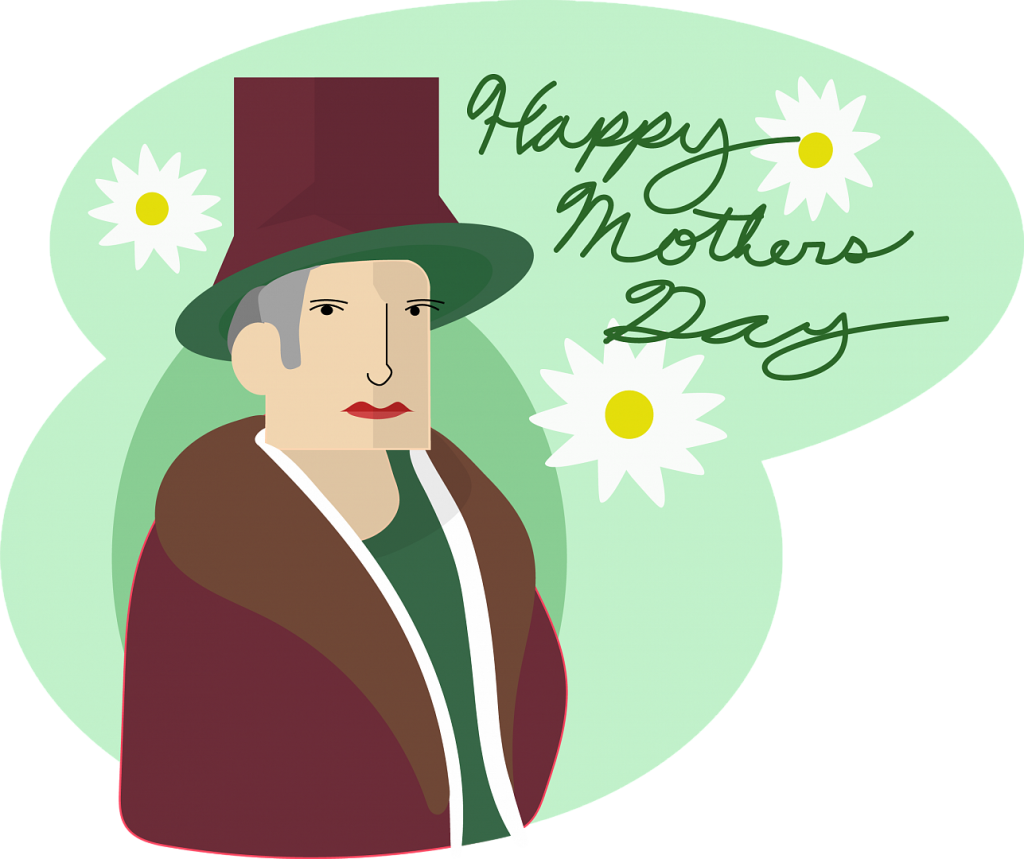WHO ESTABLISHED MOTHER’S DAY?

Anna Jarvis, born in 1864, was known for being both an active member of her Methodist Episcopal faith and very educated at the time, with a two-year degree from Augusta Female Seminary – now Mary Baldwin University in Staunton, Virginia. And she is now credited for being the founder of a widely recognized Mother’s Day, dating to 1908.
The earliest source of Jarvis’ inspiration for Mother’s Day appeared with her respect for her mother, Ann Jarvis. The senior Jarvis was a medic for the wounded in the American Civil War, and cared for victims on both sides, allegedly trying to create unity by forming an informal Mother’s Friendship Day.
The two women were very well known for how close their relationship was. And when the elder Jarvis died in 1905, Anna Jarvis wanted to dedicate a holiday based on her mother’s wishes to establish a holiday dedicated to mothers.
Another plausible, critical inspiration to the development of Mother’s Day revolved around Anna’s religious faith. The story goes that on a Sunday school lesson, she ended the lesson with a prayer with the statement, “I hope and pray that someone, sometime, will found a memorial mother’s day… She is entitled to it.”
Regardless of which of the two factors pushed Jarvis the most, her push to establish a mother’s day was very concrete by the time of her mother’s death. She was very aggressive in her campaign to introduce a mother’s day to the public. The first “official” observation of a mother’s day was a ceremony to honor all mothers, made in Andrews Methodist Episcopal Church, in Grafton, West Virginia. While Jarvis did not attend the ceremony on May 10, 1908, she sent 500 carnations, served up as symbols of the purity of a mother’s love.
Jarvis’ movement rose quickly and gained many backers, most famous of which was Henry J. Heinz of the Heinz Co. (the ubiquitous ketchup-condiment brand). However, the new holiday was not met without criticism. Democratic Sen. Henry Teller of Colorado declared, “Every day, with me, is a mother’s day.” In turn, Republican Sen. Jacob Gallinger of New Hampshire considered a formal mother’s day an insult, saying it was absurd that his mother “could only be kept green by some outward demonstration on Sunday, May 10.”
Despite the criticisms, Mother’s Day was nationally established as a holiday in 1914, under President Woodrow Wilson. (The U.S. holiday was established on the second Sunday of May; many countries still observe it on May 10.)
However, in the end, Jarvis also became the biggest critic of Mother’s Day as it developed. She declared that the instant commercialism of the holiday was an insult to the original purpose.
The most famous story of her ironic campaign against Mother’s Day was when she was at a supermarket where she ordered the “Mother’s Day salad.” When served, she paid the supermarket and dumped the salad on the ground in rebellion to the commercialized holiday.
Anna Jarvis would, unfortunately, later die penniless, unmarried, and with no children, having made no money for her role in founding Mother’s Day.

Leave a comment